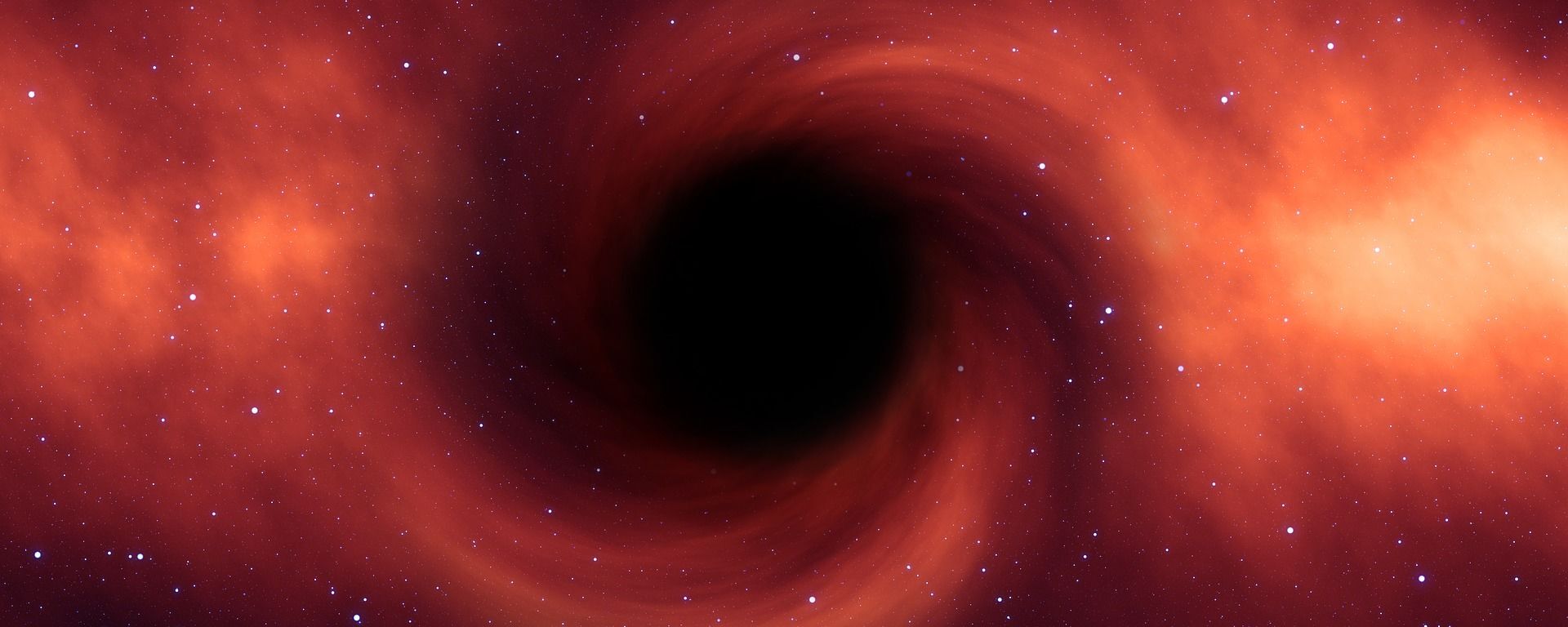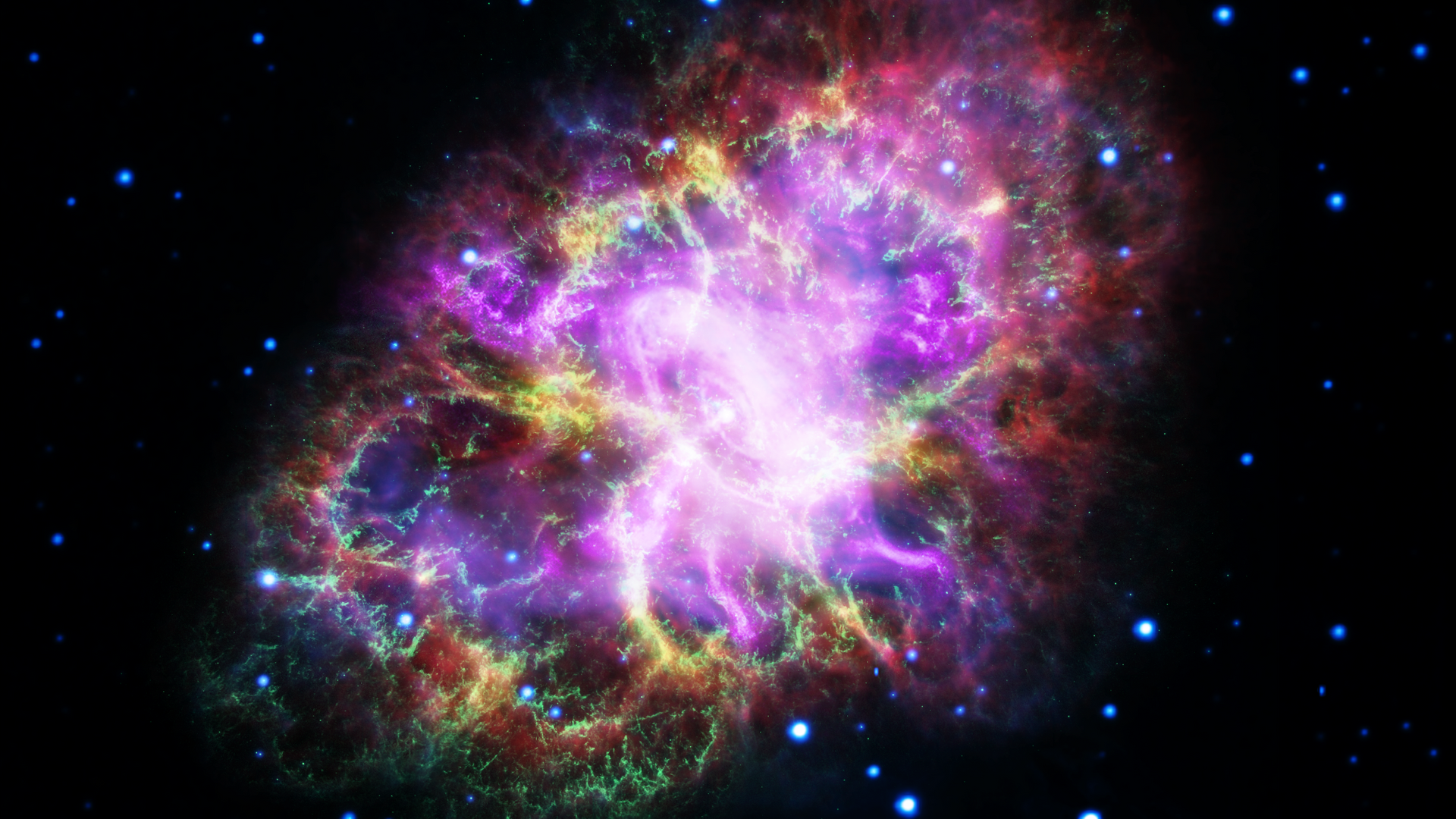https://sputnikglobe.com/20220228/fast-radio-burst-from-a-galaxy-far-far-away-looks-similar-to-flashes-from-ancient-supernova-remains-1093453138.html
Fast Radio Burst From a Galaxy Far, Far Away Looks Similar to Flashes From Ancient Supernova Remains
Fast Radio Burst From a Galaxy Far, Far Away Looks Similar to Flashes From Ancient Supernova Remains
Sputnik International
While researchers are yet to determine what produces the signal in question, they reportedly suspect that its cause is something “unusual." 28.02.2022, Sputnik International
2022-02-28T15:24+0000
2022-02-28T15:24+0000
2022-02-28T15:24+0000
science & tech
fast radio burst (frb)
nebula
similarities
https://cdn1.img.sputnikglobe.com/img/105351/24/1053512407_0:446:2040:1594_1920x0_80_0_0_c8aeacb5a611837064514607b118db11.png
A certain fast radio burst (FRB) that emanates from galaxy M81 located millions of light years away from Earth bears a similarity to flashes from another celestial body known as Crab Nebula, according to space.com.The nebula in question emerged in the wake of an ancient supernova, which humans observed in the 11th century AD.And now, scientists suggest that flashes previously displayed by the Crab Nebula seem similar to those spotted coming from M81.The media outlet also notes that, while FRBs have mostly been discovered in “galaxies studded with young stars,” the source of the signal coming from M81 has been traced to a group of old stars.At this time, researchers are unsure what caused the signal in question or why is it so similar to the flashes from the Crab Nebula, though they do suspect that the celestial phenomenon at the heart of this matter is “unusual,” the media outlet adds.
https://sputnikglobe.com/20220219/scientists-confirm-existence-of-supermassive-black-hole-inside-cosmic-dust-cloud-outside-our-galaxy-1093164455.html
Sputnik International
feedback@sputniknews.com
+74956456601
MIA „Rossiya Segodnya“
2022
News
en_EN
Sputnik International
feedback@sputniknews.com
+74956456601
MIA „Rossiya Segodnya“
Sputnik International
feedback@sputniknews.com
+74956456601
MIA „Rossiya Segodnya“
science & tech, fast radio burst (frb), nebula, similarities
science & tech, fast radio burst (frb), nebula, similarities
Fast Radio Burst From a Galaxy Far, Far Away Looks Similar to Flashes From Ancient Supernova Remains
While researchers are yet to determine what produces the signal in question, they reportedly suspect that its cause is something “unusual."
A certain fast radio burst (FRB) that emanates from galaxy M81 located millions of light years away from Earth bears a similarity to flashes from another celestial body known as Crab Nebula, according to space.com.
The nebula in question emerged in the wake of an ancient supernova, which humans observed in the 11th century AD.
And now, scientists suggest that flashes previously displayed by the Crab Nebula seem similar to those spotted coming from M81.
"Some of the signals we measured are short and extremely powerful, in just the same way as some signals from the Crab pulsar," said Kenzie Nimmo, a Ph.D. student in astronomy at the Netherlands Institute for Radio Astronomy and the University of Amsterdam.
The media outlet also notes that, while FRBs have mostly been discovered in “galaxies studded with young stars,” the source of the signal coming from M81 has been traced to a group of old stars.

19 February 2022, 03:13 GMT
At this time, researchers are unsure what caused the signal in question or why is it so similar to the flashes from the Crab Nebula, though they do suspect that the celestial phenomenon at the heart of this matter is “unusual,” the media outlet adds.


